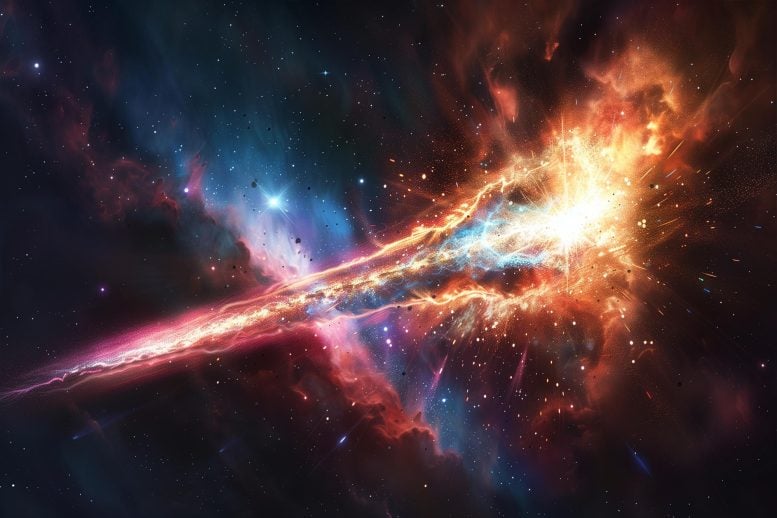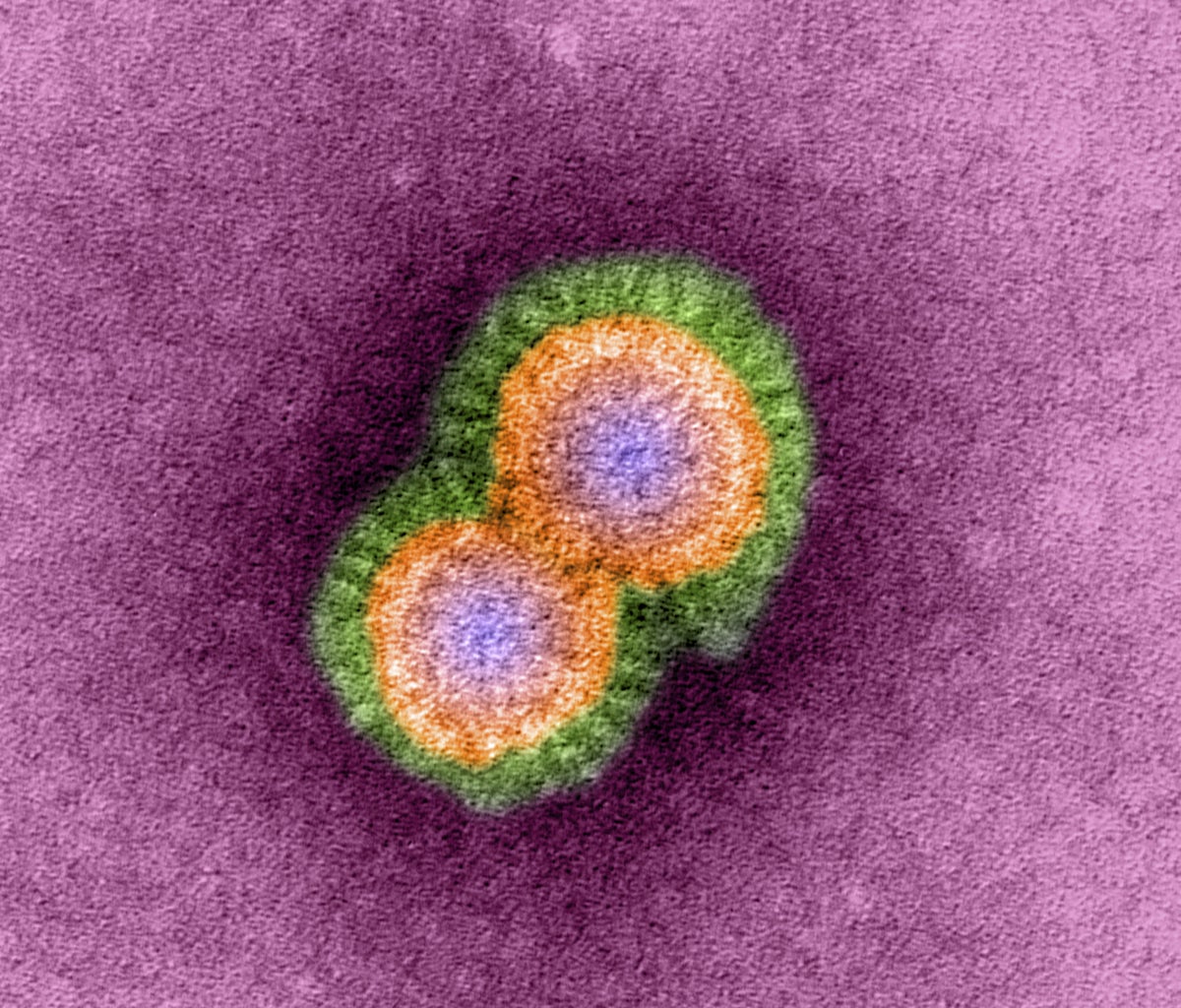Astrophysicists have added further flames to a 20 year debate about what lies at the centre the largest star cluster in the Milky Way galaxy – Omega Centauri.
The stars near its centre have long puzzled scientists because they move at higher-than-expected velocities.
Scientists have sought to understand whether this is caused by a cluster of stellar mass black holes or an elusive “intermediate mass” black hole (IMBH).
A study in the journal Astronomy & Astrophyics has used new data from pulsars to model the gravitational field strength at the centre of Omega Centauri and determined the most likely culprit is a cluster of stellar mass black holes.
Andrés Bañares Hernández, lead author of the study from Spain’s Instituto de Astrofísica de Canarias (IAC), says we have long known about supermassive black holes at galaxy centres and smaller stellar-mass black holes within our own galaxy.
“However, the idea of intermediate-mass black holes, which could bridge the gap between these extremes, remains unproven.”
Stellar mass black holes form from the deaths of massive stars and are just a few times the mass of the Sun. Whereas supermassive black holes can be millions to billions of times the mass of the Sun.
Scientists don’t yet know how supermassive black holes form, or whether they start out as stellar mass black holes. IMBHs, if found, might prove to be the missing link.
“By studying Omega Centauri – a remnant of a dwarf galaxy – we have been able to refine our methods and take a step forward in understanding whether such black holes exist and what role they might play in the evolution of star clusters and galaxies,” says Bañares Hernández.
The team combined velocity data of stars Omega Centauri’s centre with new data on the acceleration of pulsars. These are fast-spinning neutron stars that emit beams of polarised light from their poles.
Because they spin, this beam sweeps past Earth at regular intervals like light from a lighthouse. By measuring the change in the rate of this pulse, researchers could then calculate how the pulsars in Omega Centauri are accelerating.
This new data allowed them to better model the mass at the centre of the star cluster causing this acceleration. Their analysis favours a cluster of stellar mass black holes, in contrast to a recently published Nature study which presented evidence of an IMBH.
Professor Justin Read, co-author of the study from the University of Surrey in the UK, says that the hunt for elusive intermediate-mass black holes continues.
“There could still be one at the centre of Omega Centauri, but our work suggests that it must be less than about 6,000 times the mass of the Sun and live alongside a cluster of stellar mass black holes,” says Read.
“There is, however, every chance of us finding one soon. More and more pulsar accelerations are coming, allowing us to peer into the centres of dense star clusters and hunt for black holes more precisely than ever before.”









Leave a Comment